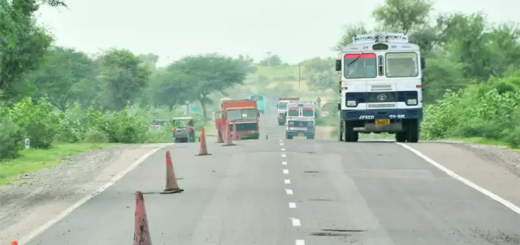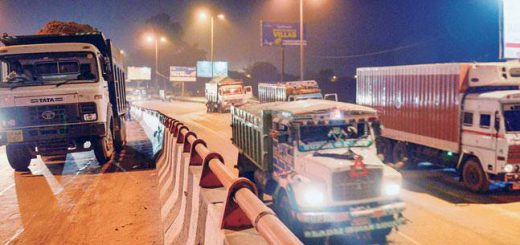India moves a step forward in achieving E20 fuel dream
The ministry of road transport and Highway (MoRTH) has notified test standards for vehicles compliant with ethanol-blended fuel variants E12 and E15 that will act as intermediaries in India’s target of achieving 20% ethanol blending in petrol (E20) across the country by the year 2023.
In its notification dated October 11, which was made public on Wednesday, the ministry made it mandatory for all automobile manufacturers to put “clearly visible stickers” on every vehicle informing about its compatibility with the level of ethanol blend (E12, E15, E20).
While E12 has 12% ethanol blended with petrol, E15 has 15%. Currently, India is using E10 fuel (petrol blended with 10% ethanol).
A MoRTH official said the notification sets the norms for automobile manufacturers for type testing of vehicles compliant with these two bio-fuel variants. “They can now start production of vehicles that are E12 and E15 compliant, apart from being E20 compliant which is the larger goal,” the official said.
Ethanol blended fuel is less expensive than petrol and has lower carbon emissions, reducing the impact of vehicular pollution. Besides, by introducing ethanol-blended fuel, the central government wants to reduce its heavy dependency on crude oil imports, the rate of which is highly volatile. India currently imports 85% of its total fuel.
Produced using sugarcane and grains such as corn, surplus rice, damaged food grains, bajra, jowar, and sweet sorghum, ethanol is considered to be one of most suitable alternative blending, transportation fuels due to its better quality and environmental benefits, according to a NITI Aayog report released in June. The report said the use of this fuel will result in an annual saving of $5 billion in India’s oil imports.
In June, India brought forward its target for producing E20 by two years. Initially set for 2030, the target date was brought forward to 2025. The date was, through another notification, advanced to April 1, 2023.
“The notification made public on Wednesday will help automobile manufacturers to introduce intermediary level – E12 and E15 – compliant vehicles. While India has to shift to E20 fuel by 2023 or 2025 maximum, several oil-producing companies in India had raised questions to the government as to what happens when the country is hit by a year of bad produce (of sugarcane and other food grains) on account of weather or for some unforeseen reason. That is why these two blended fuel types have also been notified now so that if ethanol production reduces some time, then vehicles can use fuel that has lower ethanol blending,” said PK Banerjee, executive director of the Society of Indian Automobile Manufacturers.
source: https://www.hindustantimes.com/




Recent Comments